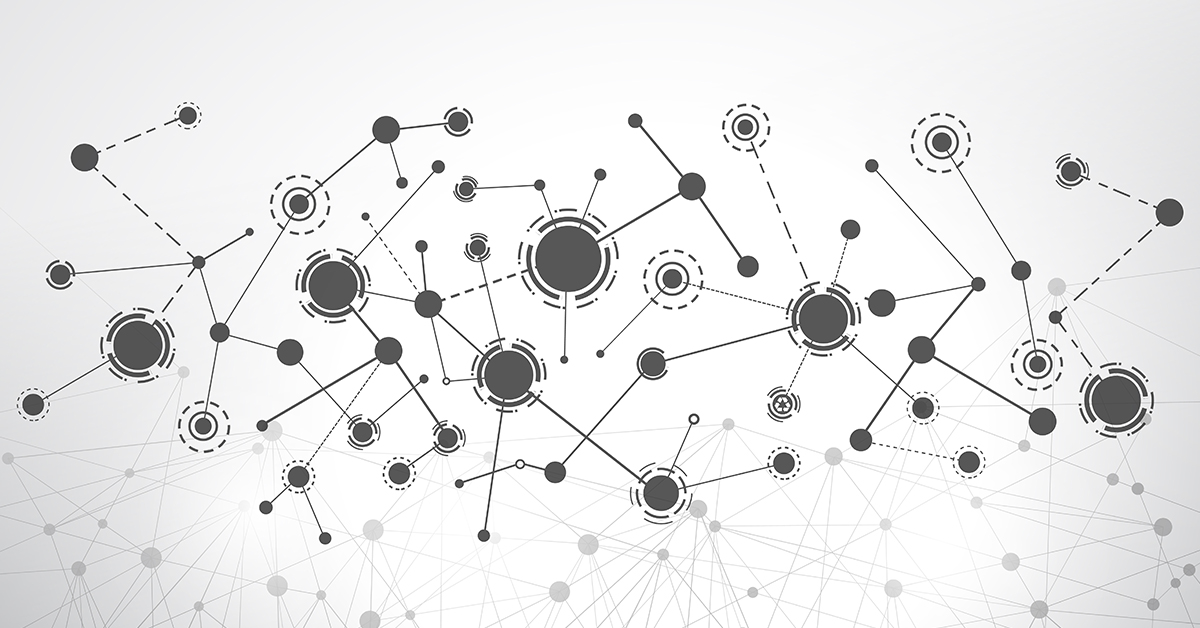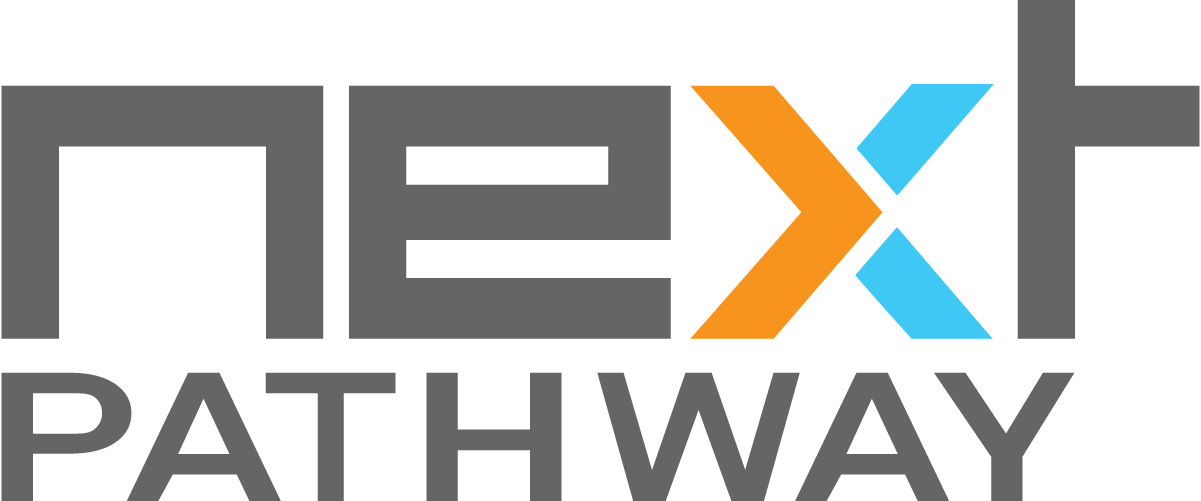While there are several aspects of this kind of transformation to consider, there are five common challenges to pay attention to when planning a legacy modernization:
- User experience
- Number of choices
- Change in regulations
- Gradual vs. all at once
- Knowing when to stop
#1. User Experience
If you have a legacy system, you almost certainly have legacy users. Over many years, they learned the technology and the system inside and out, figured out shortcuts, and established their own procedures to make the system work for them and for your customers. This investment of time
and effort can cause resistance to change. Some may also be wary of a larger dependence on a new system or worried that it will be too complicated for them.
A good way to combat this is to get input from users as part of your decision-making process. Someone who works with the system daily
may not understand the coding, but they definitely know what works and what does not. Leverage this experience to help build the new system and avoid introducing changes that needlessly cause user or customer frustration. Knowing that their experience and input was valuable will help ease acceptance and transition to the new system.
#2. Number of Choices
Decades ago, you had a much narrower field of software and hardware vendors to choose from. Over time, the marketplace has become flooded with vendors and start-ups that preach the greatest and best stack. New platforms, apps, and software solutions are being introduced and released on a regular basis. There are also many providers who offer virtually identical platforms and programs. As a result, trying to figure out which system is the best for your company can be daunting.
Again, using your human resources as well as data and technical information will help you narrow down the number of choices. You want
the overhaul to be beneficial to your bottom line and the growth expectations you have for the business. While these are important in making the correct choices, you should also conduct a thorough analysis of other factors including manpower, financial constraints, and technical capabilities.
#3. Change in Regulations
Legacy modernization is in its stride due to the tremendous growth in the global marketplace. Because e-commerce is now so widespread, systems that were once straightforward may now be more complex due
of new regulatory requirements. However, e-commerce also provides a wealth of customer data that you rely on to understand your market and plan for the future.
For example, the EU’s General Data Protection Regulation (GDPR) took effect in May 2018. California has a Consumer Privacy Act that will go into effect in January 2020. These, and others like HIPAA and FERPA, address how user information is acquired, used, and stored. Simply put, older systems do not have the capability to meet the requirements of all new standards and regulations.
The fear with regulations is that as data-privacy rules become more stringent and widespread, this could seriously hamper your growth and innovation. On the other hand, regulations can curtail the unethical business practices that diminish customer trust and affect commerce.
Regardless, to compete (and even exist) in the global market, your new systems must meet these evolving regulatory changes and keep customer data private and secure.
#4. Gradual vs. All at Once
Once you have made the decision to overhaul your legacy systems, you need to create a clear and detailed plan to both rollout the new system and decommission the old system. There are many questions to consider, including:
- Is it better to roll out from the smallest to the largest department, or to start with the department that will use the system the most?
- Do you start even smaller with one or two people per department while others continue phasing out the old system?
- Within what time frame should the whole development processes and transition be completed?
- What cloud services and cloud-based applications should be utilized?
- What are the contingencies for data backup in case of glitches or complaints?
- Is the business such that it can be shut down for a couple of days and then reopen with the new system in place and ensure optimization? Can this be done by department as well?
#5. Knowing When to Stop
If you have managed to “get along” with a legacy system, the number of new options could be overwhelming. You need to keep the project in check and ensure that whatever you implement is going to meet expectations.
For example, including 12 different options for customer service may seem great, but what if your client base only uses seven? You are wasting your money and efficiency and taking up valuable space that could support other plugins or options. Be realistic about what your company and your customers need. Just because the legacy system had a specific feature, doesn’t mean that the new system should as well.
There are other issues to take into consideration, such as the return on investment, as well as trying to foresee any unknown problems. But if you start by addressing these common challenges, you will have a good foundation for overhauling your legacy software.

